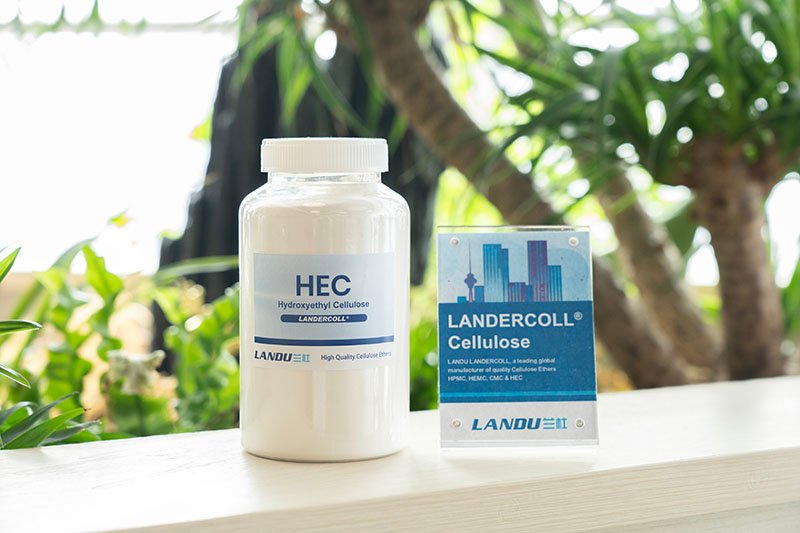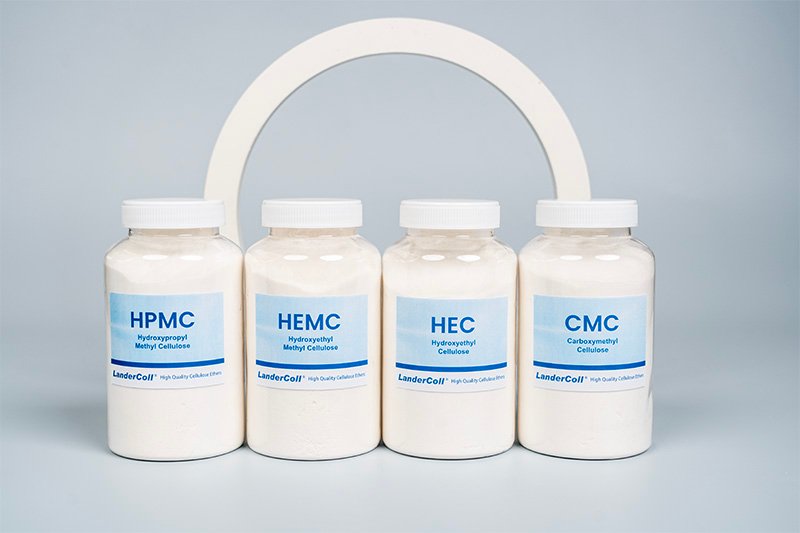
In the complex and demanding world of oil and gas exploration, drilling fluids serve as the lifeblood of operations. These engineered mixtures not only cool and lubricate the drill bit but also stabilize the wellbore, transport cuttings to the surface, and balance subsurface pressures. Without the right combination of fluid chemistry and additives, drilling efficiency can plummet and operational risks escalate.
Hydroksyetyloceluloza (HEC) has emerged as one of the most reliable and versatile polymer additives used in drilling fluids. Its ability to increase viscosity, provide suspension stability, and enhance lubrication makes it an indispensable component in both onshore and offshore drilling projects.
LANDU, based in China, has established itself as a leading global supplier of premium HEC for the oil and gas industry. With years of manufacturing expertise, advanced production facilities, and a track record of meeting international standards, LANDU is the preferred choice for companies seeking consistent quality, technical support, and competitive pricing.
We don’t just manufacture chemicals — we engineer performance. Whether you’re operating in shale formations, high-temperature wells, deepwater environments, or other challenging geological conditions, LANDU’s HEC is engineered to support your operational success.
Hydroxyethyl Cellulose is a non-ionic, water-soluble polymer derived from cellulose, the natural structural component of plant cell walls. By chemically modifying cellulose with hydroxyethyl groups, we create a polymer that disperses and hydrates in water to form a smooth, highly viscous solution.
The process begins with purified cellulose, which undergoes an etherification reaction with ethylene oxide under alkaline conditions. Through careful control of substitution levels and particle size, we produce HEC grades optimized for either rapid hydration or delayed thickening, depending on the drilling application.
LANDU offers multiple oilfield-grade HEC specifications, including:


While certain alternative polymers like Xanthan Gum lub CMC (karboksymetyloceluloza) are also used in drilling fluids, HEC offers a unique combination of thermal stability, broad chemical compatibilityoraz controlled hydration rate that makes it a preferred choice for a wide range of drilling environments.
| Property / Feature | Hydroksyetyloceluloza (HEC) | Xanthan Gum | Karboksymetyloceluloza (CMC) |
|---|---|---|---|
| Ionic Character | Non-ionic | Anionic | Anionic |
| Tolerancja na sól | Doskonały | Umiarkowany | Umiarkowany |
| Stabilność termiczna | High (up to 130°C+, grade-dependent) | Medium (100–120°C) | Medium |
| Hydration Speed | Adjustable (fast or controlled) | Fast | Umiarkowany |
| Lubrication Performance | Doskonały | Dobry | Fair |
| Efektywność kosztowa | Wysoki | Umiarkowany | Wysoki |
| Compatibility with Brines | Doskonały | Ograniczony | Ograniczony |
The table clearly shows that LANDU’s carefully engineered HEC not only delivers superior stability in saline environments — a crucial factor in offshore drilling — but also outperforms many alternatives in lubrication and cost efficiency when lifecycle performance is considered.
One of the primary reasons global clients trust LANDU is our strict adherence to international quality management systems. From raw material selection to packaging and logistics, every production stage undergoes rigorous monitoring and testing.
| Parameter | Typical Range | Test Method Reference |
|---|---|---|
| Moisture Content (%) | ≤ 5.0 | ASTM E203 |
| pH (1% Solution) | 6.0 – 8.5 | ASTM E70 |
| Viscosity (cP, 1% solution, 25°C) | 2,000 – 5,000 (grade-dependent) | Brookfield RV |
| Stopień zastąpienia | 1.8 – 2.5 | Internal QC Protocol |
| Thermal Stability (°C) | Up to 130+ | Landu Thermal Cycle |
| Salt Tolerance (NaCl wt%) | ≥ 15% | Internal QC Protocol |
| Particle Size Distribution | 95% ≤ 250 µm | Sieving Method ASTM E11 |
These consistent parameters help ensure that whether you are drilling in high salinity brines, HPHT (High Pressure High Temperature) environmentslub directional deepwater wells, your drilling fluid system performs optimally.


In today’s oilfield operations, one-size-fits-all chemicals are rarely the most efficient choice. LANDU offers OEM (Original Equipment Manufacturer) solutions that allow operators and service companies to create custom HEC formulations optimized for local drilling conditions.
Our OEM capabilities include:
| Project Type | OEM Customization Focus | Field Benefit Achieved |
|---|---|---|
| Offshore deepwater drilling | High salt tolerance, slow hydration | Prevented premature gelling during long fluid transfers |
| High-temperature HPHT wells | Enhanced thermal stability | Maintained fluid viscosity at 135°C for extended periods |
| Shale drilling in directional wells | Higher lubrication profile | Reduced torque & drag, minimizing drill pipe stress |
By providing custom-engineered polymers, LANDU ensures that your drilling program gains measurable performance improvements while also minimizing waste and costs.